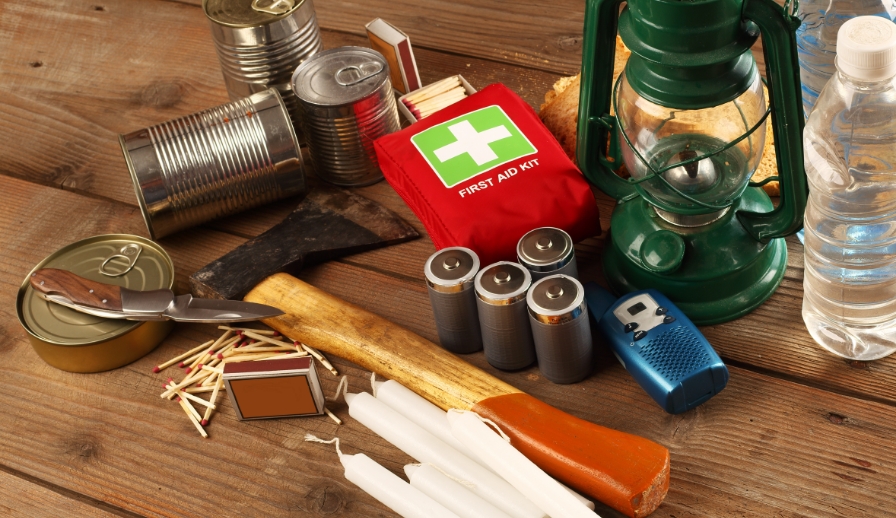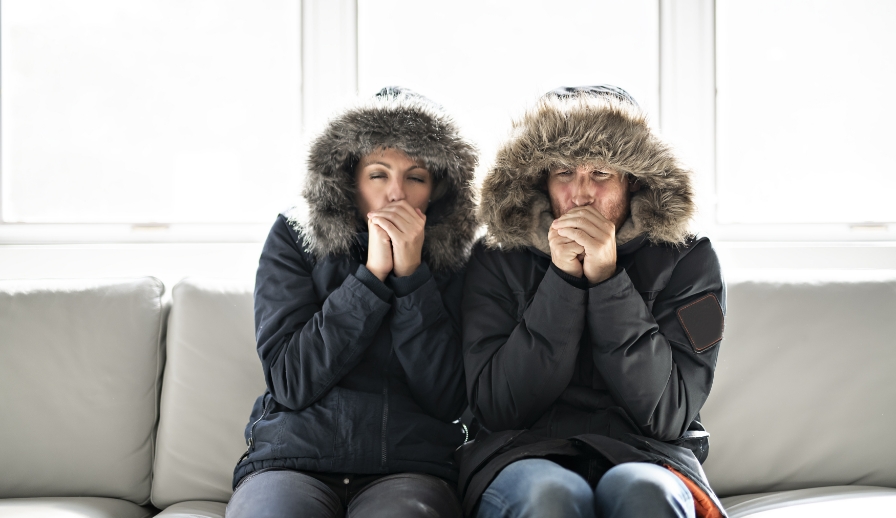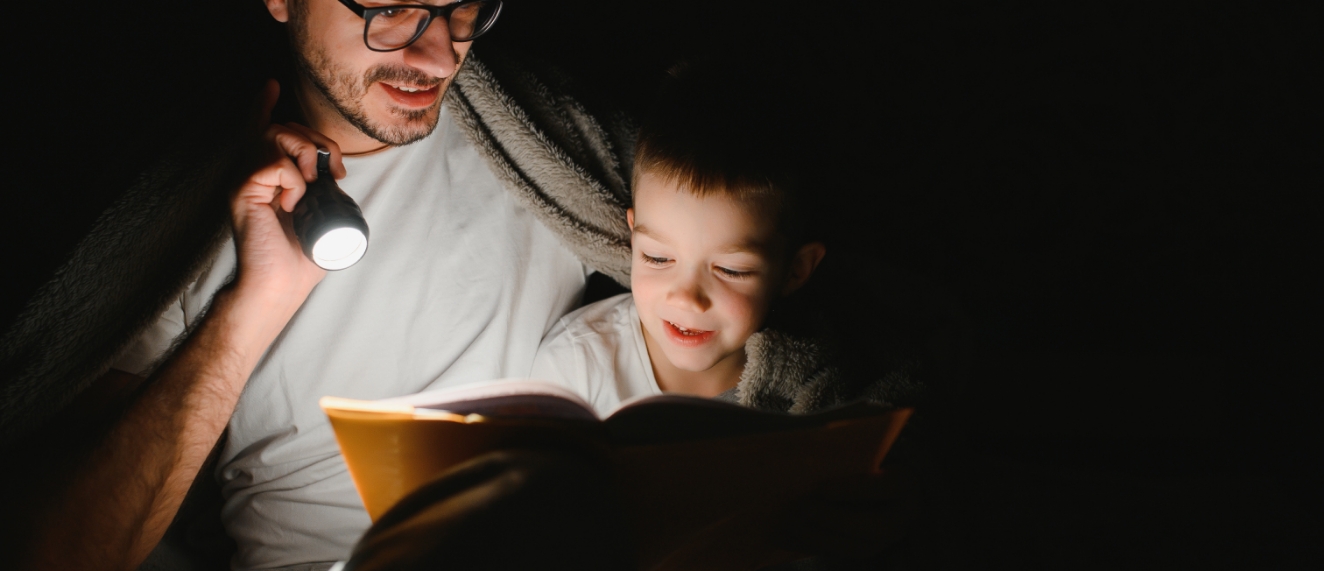Struggling to find content to share on your social media pages?
Stop scrolling through Instagram and Facebook. All you need is REALTOR.ca.
Our consumer lifestyle blog, Living Room, offers content including home improvement, market trends, DIY projects, neighbourhood guides and profiles on unique homes. Living Room publishes exciting new content four times a week (with unique French content for our Francophone fans).
While CREA Café is curated specifically to help your business grow and thrive, Living Room content is perfect to share with your clients.
Owned and operated by the Canadian Real Estate Association (CREA), REALTOR.ca is the No. 1 real estate platform in Canada (Comscore, 2020) with MLS® System listings from across the country.
Share this blog with your clients and follow REALTOR.ca on Twitter, Instagram and Pinterest.
You can read the original blog here.
Power outages are rarely planned. When most things around you need electricity to function, going without power can wreak havoc on your home. So, what can you do to prepare?
The Government of Canada recommends putting together an emergency supplies kit to last you through a minimum of 72 hours without power. We’ve rounded up essential items you should include in your kit and some tips to help you make it through the dark.
Non-electric light source
The electricity may be out, but you don’t have to be in total darkness. Your power outage kit should always include an alternative light source. The light could be in the form of a flashlight or headlamp (just make sure to have extra batteries), or you could also opt for solar-powered lights or a crank lantern, which can give you up to 20 minutes of light after you manually wind it.
Most people keep candles on hand as well, but keep in mind candles provide minimal light and they’re also a fire hazard. If you must use candles, place them away from flammable items, don’t leave them unattended and remember to extinguish the flames before you go to sleep. If you’re keeping candles on hand, opt for odourless and smokeless long-burning varieties. These are usually made with soy wax or liquid paraffin, and one jar can burn for 50 to 100 hours.
Portable charger
The last thing you want is to be without your lifeline to the world: your smartphone or tablet. Use a portable charger to keep your device’s battery full for when you need to make urgent calls, share updates with loved ones, or even tune into a local radio station for information about the outage. You can also use the charger to juice up other small entertainment devices, such as eReaders, speakers, and handheld game consoles.
Tip: If you don’t have a surge-protecting power bar, unplug all electronics with the exception of the fridge and freezer and turn the thermostat down to the lowest possible temperature setting. Removing devices from the electricity source will help prevent damages once power is restored.

First-aid kit
Looking for medical supplies is the last thing you want to do without light. If you don’t already have a first-aid kit for your home, you can either purchase one or make your own. If you choose to do it yourself, make sure to include adhesive bandages, gauze, compresses, antibiotic ointment, antiseptic wipes, painkillers, gloves, cloth tape, a thermometer, instant heat and ice packs, tweezers, and scissors. For more suggestions on what to include in your kit, the Canadian Red Cross website features a detailed list. You should also have all your regular medications and prescriptions with the kit in case you need to evacuate your home.
Tip: Always have an emergency evacuation plan and a physical list of contacts, even if your home is in an area that isn’t prone to power outages or bad weather.
Shelf-stable foods and water
The beauty of canned and other shelf-stable foods is they can last for a very long time. Purchase a variety of your favourite non-perishable foods solely for your emergency supplies kit. Oh, and don’t forget a manual can opener!
You should also set up a bottled water supply. The Canadian Red Cross recommends four litres per person per day.
Tip: Replace the canned foods and water bottles once a year. When shopping for canned goods, avoid cans with rust or dents on the rim or seam to reduce any risk of food contamination.

Outerwear and sleeping bags
We don’t have to tell you how harsh Canadian winters can be. You can keep warm and safe by using sleeping bags, blankets, outerwear and thermal base layers, especially at night. Wear layers, gloves, hats, socks and other accessories to trap as much heat as possible near your body.
Tip: Blankets can also help save your sensitive pets. If you have a fish tank, wrap a blanket around the tank to keep it warm for as long as possible.
Cooler and ice packs
If you leave the doors closed, your fridge will keep food cold for up to four hours, while your freezer will keep food at the right temperature for up to 48 hours. After these time windows, you’ll want to prepare a cooler with ice packs to make your food last a little longer during an extended outage. If the weather is nice, you can also cook up meals with your charcoal grill or BBQ, using up some of the food that may end up spoiling quickly!
Tip: When in doubt, use a digital thermometer to check the temperature of the food in the cooler to make sure it’s safe to eat.
Whistle
A whistle is probably the last thing you’d ever think about including in your kit, but it’s crucial in case you need to seek help and cell service is unavailable as a whistle is effective at getting attention. The high-pitched sound is loud enough to be heard over other sounds (like sirens) and at a longer distance.
Tip: Memorize the international whistle codes: One blast = “where are you?” Two blasts = “Come to me.” Three blasts = “I need help.” Each blast should last about three seconds. Repeat at regular intervals until the situation is addressed.
Also keep in mind…
If you live in an area prone to power outages—something your REALTOR® can help identify when you’re purchasing your home—it’s worth looking into buying a generator. A standby generator of 5,000 to 7,000 watts should be enough to power a standard-sized home’s essential appliances. Every home is different, so you’ll need to do some research to see which is best for you.
It’s also important to consider what you’ll need if your home uses a sump pump. Battery and gas-powered back-ups can help prevent flooding and keep things running smoothly while you wait for power to be restored. Once again, you’ll need to do some research to determine the best kind of alternative for your system, but it’s worth the effort if it means one less thing to worry about during a power outage.
Some other items to consider having around are “analog” activities for kids (board games, decks of cards, arts supplies, books, etc). You should also make sure any hardwired carbon monoxide and fire detectors have battery backups so you and your family are safe.
Be sure to check in on your neighbours, too—especially those who live alone or who may be older and have mobility issues. A text or phone call can go a long way to let them know you’re there to help.
Power outages don’t just happen during the winter, but they can feel more dire when the cold weather hits. Be sure to keep your home equipped with these items, and remember not to panic!





When it comes to having a backup generator, use a propane or diesel. It is unsafe and probably illegal to store enough gasoline to get you through a 72 hour blackout. Gasoline also doesn’t keep well over time, about a year. So it will be necessary to use it up and refill your stored gasoline containers. Diesel generators will also run off your fuel oil if you have it on hand for home heating.